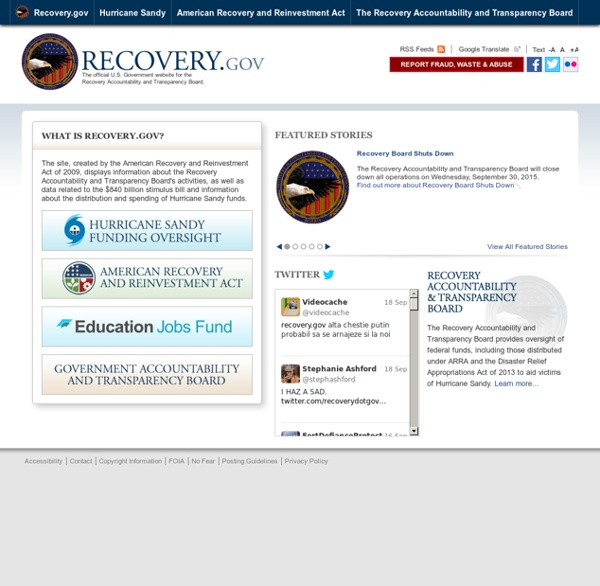



Dell Blogging: Idea Storm to Employee Storm | Social Media Online Share this article with your friends... Dell targeted around 80,000 employees working with them. Their aims seemed to be the changing of the culture of work inside the company regarding ‘email’ and deal with the tools in social media which are generally popular. The two parts to the plan included: 1) Blogs: The internal blog zones were created which were based on initial blogs situated externally of Dell. This ideation by Dell has remained a major way of giving individual attention as the internal blogs would be more relevant to the employees. 2) Employee Storm: It has been a model after the successful Idea Storm by Dell. In September 2006 the new ideas were put into action and in July 2007 its popularity rocketed with five blogs in some regions and business useful displays appearing in 7 languages. The Idea Storm was followed by Employee Storm which was created in June 2007 with a gap of 4 months. Each of the eight control centers was responsible for doing various important tasks.
NosDéputés.fr : Observatoire citoyen de l'activité parlementaire e-petitions: the first 100 days Last Saturday marked 100 days since the new e-petitions service was launched by GDS and the Office of the Leader of the House of Commons. The service continues to be incredibly popular -on average 18 people have signed an e-petition every minute since the service started. e-petitions also maintains a very high social and mainstream media profile, with significant television and press coverage, especially when a petition nears or reaches the 100,000 signatures threshold required to trigger a debate in Parliament. There isn’t much of a pattern in terms of traffic to e-petitions on a day to day or week to week basis, with the range of daily visitor numbers to the site fluctuating between 2,000 and 350,000. As I write there have been six e-petitions that have achieved the target of 100,000 signatures (one of which has now closed) and are now eligible for debate in the House of Commons. Commenting on these statistics, the Leader of the House of Commons, Sir George Young MP, said
blog*on*nymity - blogging On the Identity Trail « PRIVACY JOURNAL SUPPs | Main | UK Court Rules Tell-All Book an Invasion of Privacy » posted by:Ian Kerr // 11:07 PM // January 03, 2006 // ID TRAIL MIX Ian Kerr and Steve Mann I. Surveillance literally means (in French) “to watch from above.” As leaders in the field such as David Lyon remind us: Surveillance is not simply about large organizations using sophisticated computer equipment. One important form of negotiation and resistance has been a movement known as sousveillance. Surveillance connotes a kind of systematic omniscient “eye-in-the-sky” (God's eye view) by authoritarian, though human, eyes and architectures. Surveillance often requires secrecy and panopticism (Bentham’s fancy word used to describe a centralized optical system that ensured total transparency in one direction and zero transparency in the other direction). While Steve is optimistic that such an equilibrium can be achieved, Ian expresses more ambi-veillance. II. III. 1. 2. 3. IV. V. So lets talk! Trackback Pings
Sousveillance Un article de Wikipédia, l'encyclopédie libre. Cette webcam sans fil est comparable à la boîte noire d'un avion, enregistrant en continu ce que vit celui qui la porte. La sousveillance, également appelée surveillance inverse, est un terme proposé par le Canadien Steve Mann pour décrire l'enregistrement d'une activité du point de vue d'une personne qui y est impliquée[1], souvent réalisée par un appareil enregistreur portable[2]. Surveillance inverse est un terme plus limitatif que sousveillance, plaçant l'accent sur une « vigilance par la base » ayant vocation à « surveiller la surveillance » en analysant et en surveillant les systèmes de surveillance eux-mêmes et les autorités qui les contrôlent. Jamais Cascio (en) fait référence au concept de sousveillance en parlant de « panoptique inversé » (en hommage à Jeremy Bentham et à Michel Foucault). « Track the money »[modifier | modifier le code] « Assiduité politique »[modifier | modifier le code] Exemple de Neda[modifier | modifier le code]
Quis custodiet ipsos custodes? Un article de Wikipédia, l'encyclopédie libre. Fresque murale représentant la corruption, par Elihu Vedder, 1896. Historique[modifier | modifier le code] Articles connexes[modifier | modifier le code] Liens externes[modifier | modifier le code] Sur les autres projets Wikimedia :